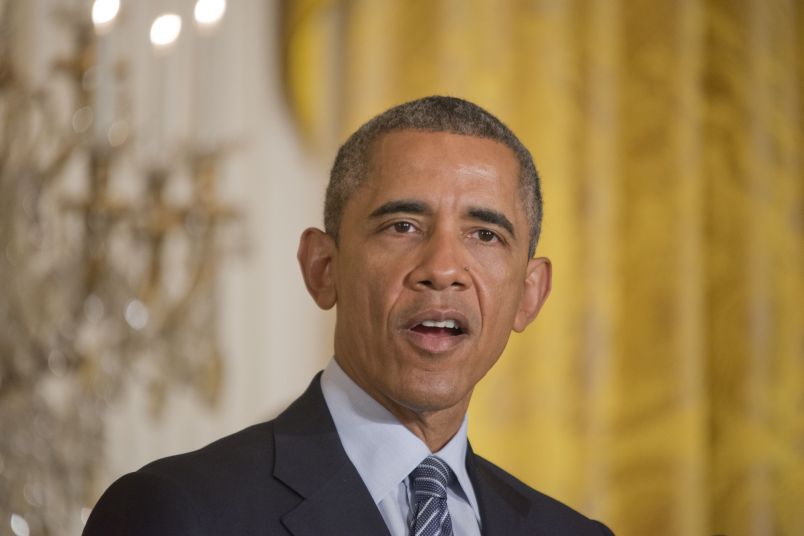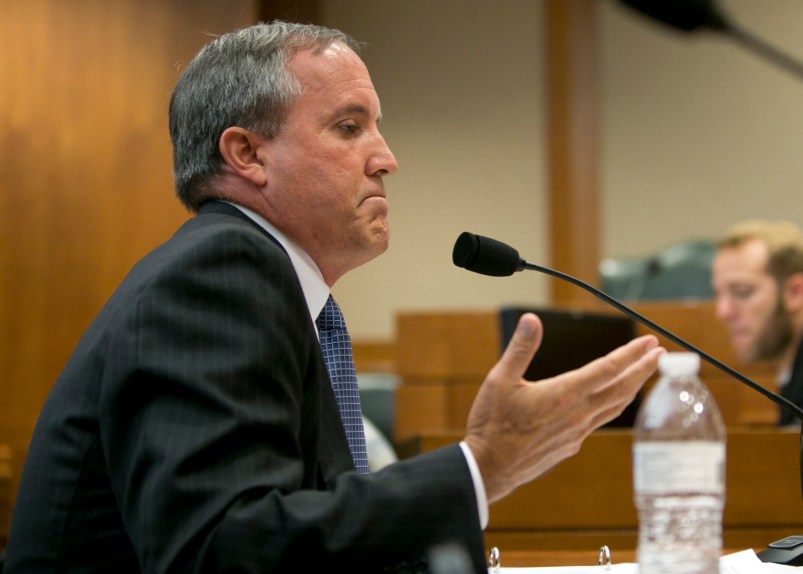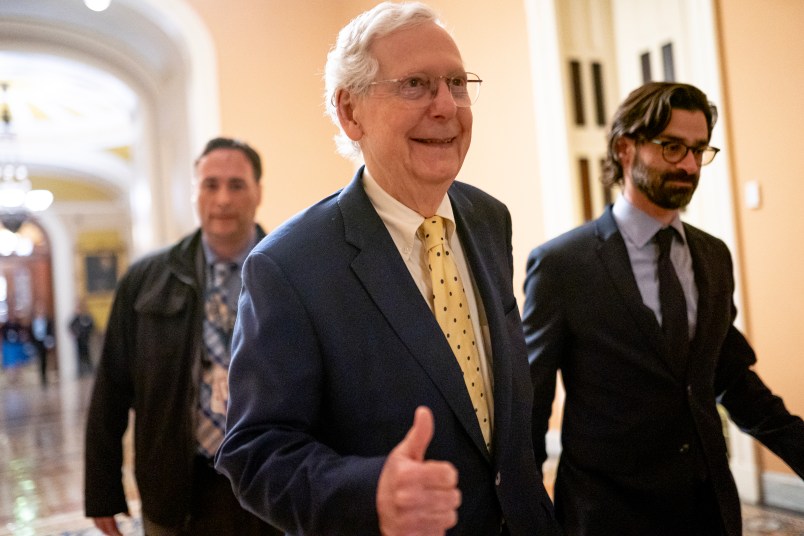The Environmental Protection Agency’s Clean Power Plan, announced on Monday by President Obama, sets the first-ever national standards for carbon dioxide emissions from power plants. These plants are the largest sources of greenhouse gas emissions in the country, but even given these stakes, it’s surprising how highly the plan was anticipated.
At the mere proposal stage, the plan had been covered repeatedly in the New York Times; debated by sparring Harvard Law School professors; testified about in Congress; and challenged unsuccessfully in the courts. (The D.C. Circuit told plaintiffs that their complaints were premature, and to wait for the final rule.)
The final rule’s reception did not disappoint. “Clean Power Plan” trended on Twitter. Memes featuring Gina McCarthy, the head of the EPA, popped up on Facebook (one was an image of Gina’s face on the body of Rosie the Riveter, under the tagline, “We Can Do It”). President Obama called our planet a blue marble and declared, like so many marchers before him, “There is no Plan B.”
To a large degree, the enthusiasm was warranted. Until now, most power plants in the U.S. have been allowed to emit carbon pollution without restriction. Under the new rule, fossil-fuel-powered plants would have to stay within a carbon budget. The Clean Power Plan is the country’s most ambitious attempt to bend the curve of climate pollution away from business-as-usual trajectories.
But as the rush of enthusiasm dies down and lawyers settle in to read the thousand-plus-pages rule, what comes next?
Opponents, including many of the fifty states, have made plain that they will renew their court challenge to the Clean Power Plan. We should expect a case to be filed by mid-September, perhaps even earlier. The legal issues in play are complex, and it is hard to predict how courts will resolve them. One involves an unusual drafting error stemming from the 1990 Clean Air Act amendments, which left two extant, inconsistent versions of the key statutory provision employed by the Clean Power Plan, called Section 111(d). No court has ever addressed the drafting inconsistency.
Other key arguments stem from the ambition of the Clean Power Plan in attempting to influence energy policy writ large, not just operations at affected power plants. States are given significant flexibility to figure out how to meet the power plant emissions standards set by EPA. States could choose, for example, to make existing coal power plants more efficient; to switch from coal to natural gas, which is less carbon intensive; to build more renewable energy generation; to rely on nuclear power plants; or to reduce demand for power through consumer energy-efficiency programs. Most states will have to rely on a blend of these approaches in order to meet the standards set by EPA—which assumed that all of these measures could be used to comply.
Industry, by contrast, takes the view that the Clean Air Act authorizes only measures that call for reductions at the regulated power plants themselves, so-called “inside the fenceline” reductions.
To no one’s surprise, the EPA appears to have worked hard to limit the legal vulnerabilities of the plan. It extended state deadlines for action, reduced variability among standards applied to different states, and removed one of the most controversial approaches it had employed to craft state emissions reduction targets, based on consumer energy efficiency measures. Whether it did enough is hard to say. In its favor, EPA is relying on an ambiguous statutory provision, one that requires interpretation of phrases like “best system” and “adequately determined.” Courts historically give agencies a wide berth to interpret their own legislative mandates when those mandates are unclear.
Nevertheless, it’s still hard to say how EPA’s plan will fare in the courts. The issues are so complex, in fact, that most sides recognize it will take two or more years to receive a resolution from the courts, with the U.S. Supreme Court expected to be the final arbiter.
For all of these reasons, perhaps the key question to be answered in the coming months is: Will courts grant a stay of the Clean Power Plan while they assess its legality? A stay is the legal equivalent of a pause button. If a stay is granted, compliance obligations cease for the duration of the case. If not, states and industry will have to continue working to comply while the case advances through the courts. To determine if a stay is appropriate, the D.C. Circuit asks, among other things, whether challengers are likely to win their case, and whether the “public interest” would be served by a stay. Stays are rarely granted; if this one is, it will be a warning shot to EPA, and may quickly dampen any remaining social media mania.
Cara Horowitz is the co-executive director of the Emmett Institute on Climate Change and the Environment at the UCLA School of Law.









